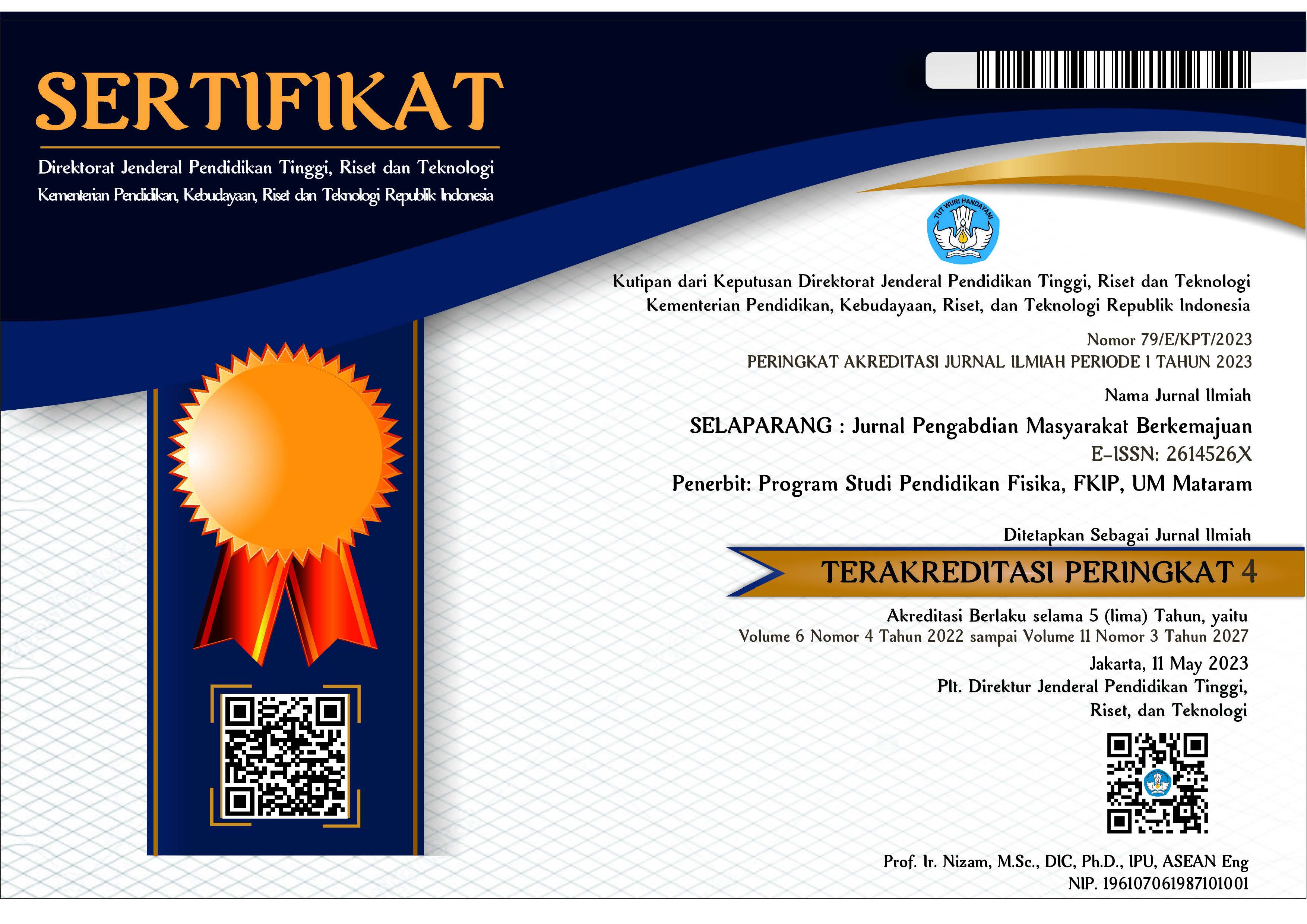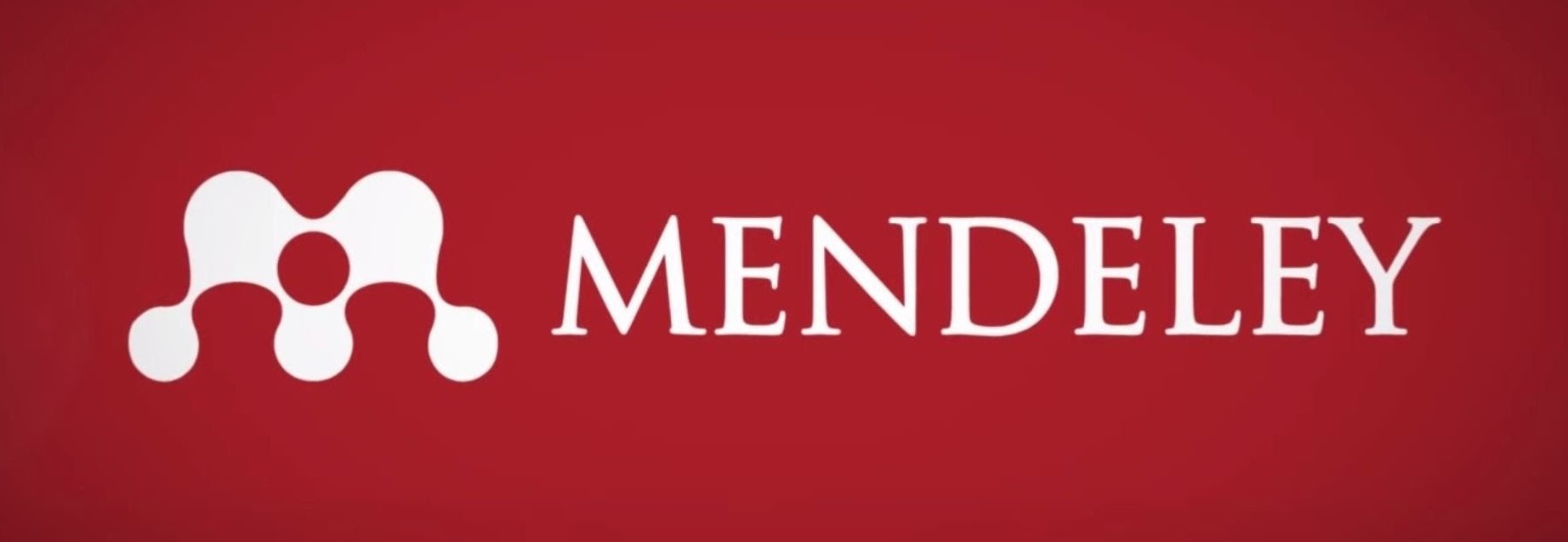INOVASI PEMANFAATAN PUPUK ORGANIK RAMAH LINGKUNGAN UNTUK MENINGKATKAN PRODUK SAYURAN YANG BERNILAI EKONOMIS
Abstract
ABSTRAK
Tujuan kegiatan pengabdian kepada masyarakat (PKM) ini adalah untuk meningkatkan pengetahuan dan pelatihan kepada petani sayuran melalui teknik meramu media berbasis standar budidaya pertanian yang baik atau “Good Agriculture Practices”, dan sekaligus memperkenalkan konsep budidaya sayuran melalui pemanfaatan pupuk organik yang ramah lingkungan. Kegiatan PKM ini dilaksanakan dengan metode pendekatan Participatory Rural Appraisal (PRA) dengan melibatkan anggota kelompok tani, ketua kelompok tani, Penyuluh Pertanian setempat, ketua dan anggota Karang Taruna, tokoh masyarakat dan beberapa staf desa. Hasil kegiatan PKM ini menunjukkan bahwa adanya peningkatan pemahaman peserta tentang teknik pembuatan pupuk organik dari berbagai limbah pertanian untuk meningkatkan kesuburan tanah dan meramu media tanam untuk meningkatkan produksi sayuran organik. Secara umum, peserta PKM sangat antusias dan memberikan respon yang positif terhadap materi yang disampaikan dan bersedia menerapkan penggunaan pupuk organik ramah lingkungan tersebut dalam teknik budidaya sayuran organik dilahan pertaniannya. Di akhir sosialisasi dan pelatihan ini peserta berharap dapat diberikan pendampingan secara berkelanjutan dari mahasiswa KKN Universitas Mataram.
Kata kunci : inovasi; pupuk organik; sayuran; nilai ekonomis.
ABSTRACT
The objective of this Community Service Activity (PKM) is to increase knowledge and training to vegetable farmers through the technique of combining various waste material as plant growth media based on good agricultural cultivation standards or "Good Agriculture Practices", and at the same time introduce the concept of vegetable cultivation through the use of Environmentally Friendly organic fertilizers. This Community Service Activity is carried out by Participatory Rural Appraisal (PRA) approach method by involving members of farmers groups, farmers group chairmen, local Agricultural Extension, chairmen and members of Karang Taruna, community leaders and some village staff. The results of this PKM activity showed that there was an increased understanding of participants understanding of organic fertilizer manufacturing techniques from various agricultural wastes to increase soil fertility and concoct planting media to increase organic vegetable production. In general, PKM participants are very enthusiastic and give a positive response to the material delivered and are participants are willing to apply the use of environmentally friendly organic fertilizers in organic vegetable cultivation techniques in their farms. At the end of this socialization and training participants hope to be provided with ongoing assistance from KKN students of Mataram University.
Keywords: innovation; organic fertilizers; vegetables; economic value.
Keywords
Full Text:
PDFReferences
Agegnehu, G., Srivastava, A.K., & Bird, M.I. (2017). The role of biochar and biochar-compost in improving soil quality and crop performance: A review. In Applied Soil Ecology. https://doi.org/10.1016/j.apsoil.2017.06.008.
Fisher D., & Glaser, B. (2012). Synergisms between Compost and Biochar for sustainable soil amelioration. In Management of Organic waste. https://doi.org/10.5772/31200.
Govaerts, B., Verhulst, N., Castellanos-Navarrete, A., Sayre, K.D., Dixon, J., & Dendooven, L. (2009). Conservation agriculture and soil carbon sequestration : Between myth and farmer reality. Critical Reviews in Plant Sciences. https://doi.org/10.1080/07352680902776358.
Hadisuwito, S. (2008). Membuat Kompos Cair.PT Agromedian Pustaka. Jakarta , 50h.
Hartatik, W., & Setyorini, D. (2011). Pemanfaatan pupuk organik untuk meningkatkan kesuburan tanah dan kualitas tanaman.
Hidup, P. L., Hasibuan, R., Si. M., Tetap, D., & Labuhanbatu, S. (2016). Analisis dampak limbah/ sampah rumah tangga terhadap pencemaran lingkungan hidup. Ilmiah.
Magrone, T., Russo, M.A., Jirillo, E. (2017). Cocoa and Dark Chocolate Polyphenol : From Biology to Clinical Application. J. Frontiers in Immunology. 2017 (8), 677-685.
Mayrowani, H. (2016). Pengembangan pertanian organik di Indonesia. Forum Penelitian Agro Ekonomi. https://doi.org/10.21082/fae.v30n2.2012.91-108.
Mulyati, Lolita, E.S. (2006). Pupuk dan Pemupukan. Mataram University Press. Mataram. 127h.
P3LKT Unram. (2010). Penyusunan Rencana Pengembangan Lahan Kering di Kapubaten Lombok Utara 2010-2015, Kerjasama P3LKT Unram- Bappeda KLU.
Permatasari, A. R., Khasanah, L.U., & Widowati, E. (2014). Karakterisasi karbo aktif kulit singkong (Menihot utilissima) dengan variasi jenis aktivator. Jurnal teknologi Hasil Pertanian, https ://doi.org/10.20961/jthp.v0i0.13004.
Ria, R.A., Greenberg, R. (2000). Cacao Cultivation and the Conservation of Biological Diversity. Royal Swedish Academy of Science. Ambio. Vol. 29 No.3:167-173.
Saraswai, R. (2012). Teknologi pupuk hayati untuk efisiensi pemupukan dan keberlanjutan sistem poroduks pertanian. Seminar Nasional pemupukan dan Pemulihan Lahan Terdegradasi.
Song, W., & Guo, M (2012). Quality variation of poultry litter biochar generated at different pyrolysis. https://doi.org/10.1016/j.aap.2011.11.018.
Wang, G.J., Xu, Z.W., & Li, Y. (2016). Effects of iochar and compost on mungbean growth .and soil properties in a semi-arid area of Northeast China. International Journal of Agriculture and Biology. https ://doi.org?10.17957/IJAB/15.0210.
DOI: https://doi.org/10.31764/jpmb.v5i1.6737
Refbacks
- There are currently no refbacks.

This work is licensed under a Creative Commons Attribution-ShareAlike 4.0 International License.
______________________________________________________
Jurnal Selaparang
p-ISSN 2614-5251 || e-ISSN 2614-526X
EDITORIAL OFFICE:



















